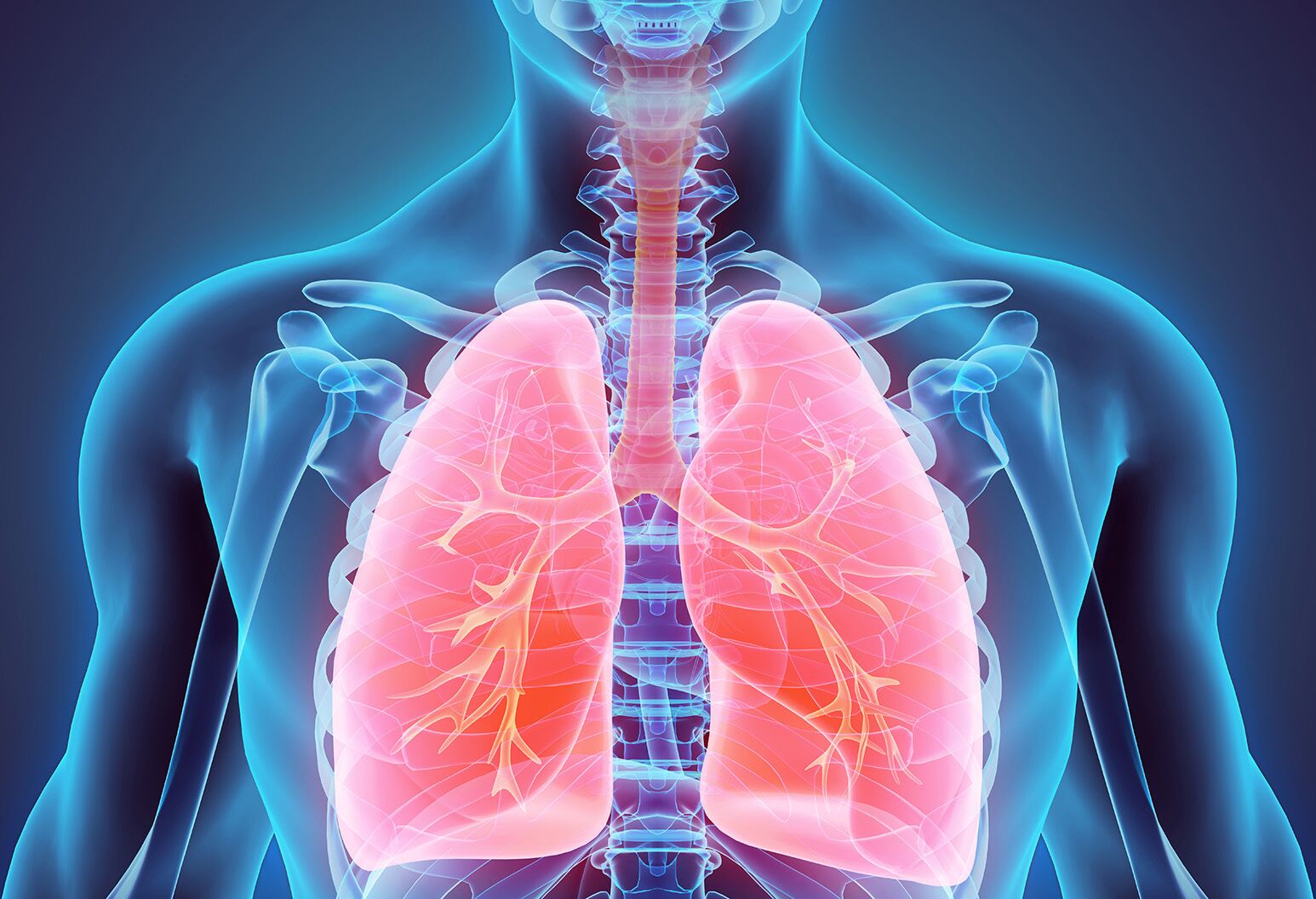chronic diseases/conditions
The Two Main Types Of Pain

Before symptoms crop up, consider going for an annual screening which can detect lung cancer at its earliest and most treatable stages.
3 min read
I was a heavy smoker for most of my adult life, but I finally quit 10 years ago on my 50th birthday. I feel fine now, but as I get older, I’m more and more concerned about my risk for lung cancer. Are there any early warning signs I should be looking out for?
Sincerely,
“Worried Ex-Smoker”
First of all, congratulations on quitting smoking. A history of cigarette smoking does put you at an increased risk of getting lung cancer, but now that it’s been 10 years since you quit, your risk has already been cut in half.
With this type of cancer, by the time you have symptoms—usually a persistent cough along with shortness of breath or wheezing—the disease is already more advanced and harder to treat. So that’s why we want to pick up lung cancer as early as possible with screening. Studies show that when lung cancer is found early, it is highly curable.
Most insurance companies will cover lung cancer screening for people considered at high risk. Generally, you qualify for an annual screening test if you’re between the ages of 55 and 77, and you’re either a current smoker or you’ve quit within the last 15 years, and you have a 30 pack-year history of smoking. This is equivalent to smoking a pack a day for 30 years, two packs a day for 15 years, or three packs a day for 10 years.
The test is a low dose CT scan of the chest. No preparation is necessary. You register, lie down on the CT table, and we scan your chest, which takes about five to 10 seconds. And then you’re done.
Usually, within a day or two we get your results. If the results are negative, then we recommend that you come back for another test in a year.
If we do see something on the scan, that doesn’t mean you definitely have lung cancer. For instance, if you have pneumonia, the finding on the CT scan may look exactly like lung cancer. So we don't want to do something aggressive like a biopsy until we’re fairly certain that it’s cancer. For that reason, we rely on some additional follow-up tests to differentiate between benign and malignant conditions.
If these tests show that it may be malignant, then depending on the location of the abnormality, we can either do a biopsy by inserting a needle into your lung, or a bronchoscopy, which involves inserting a thin viewing instrument into your airways to view your lungs and obtain a tissue sample. There are also several other methods we can use to better understand abnormal results.
Finally, keep in mind that lung cancer screening not only detects early treatable lung cancers but can also detect abnormalities in other parts of the body such as the heart, aorta, thyroid, liver and kidneys.
In March 2021, the United States Preventive Services Task Force (USPSTF) updated its recommendations for annual lung cancer screening with low dose computed tomography (CT scan). It’s now recommended for adults ages 50 to 80 who have a 20 pack-year smoking history (if you’ve smoked a pack a day for the last 20 years, or two packs a day for the last 10 years, you have 20 pack-years), currently smoke or have quit within the past 15 years.
The Well is Northwell Health’s commitment to the future of health care. In this time of information overabundance, much of which is inaccurate, unhelpful, or even difficult to understand, Northwell Health is on a mission to make a difference as an honest, trusted, and caring partner. The site connects with consumers to provide them with personalized content that reduces their stress, makes them laugh, and ultimately feel more confident and capable on their healthcare journey.